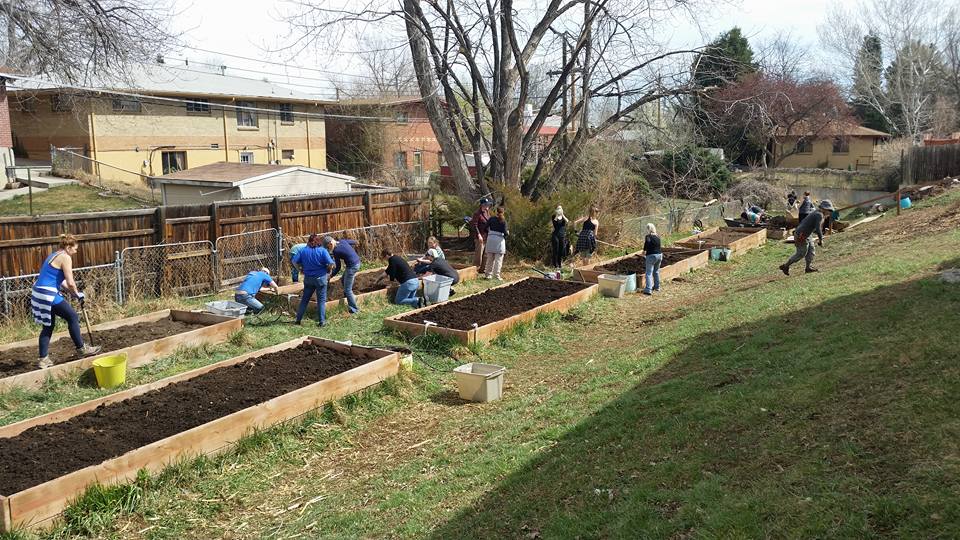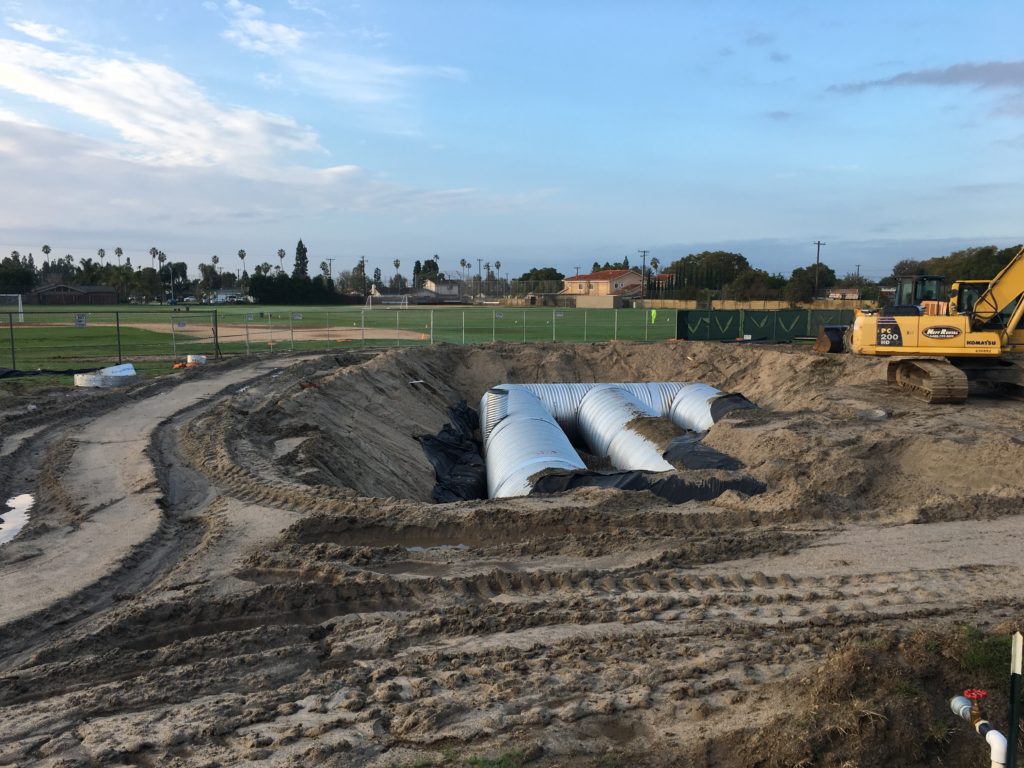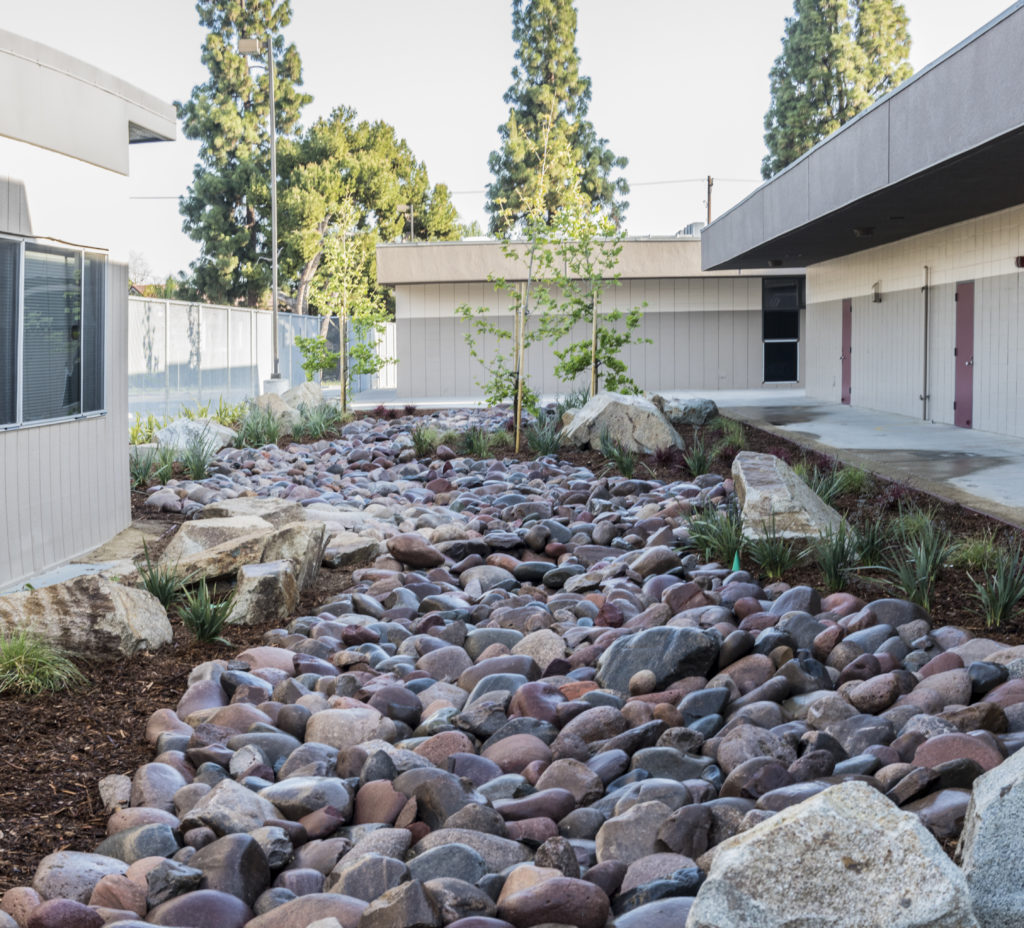How a High School and Community Garden Program are Winning at Saving Water

Last month we announced the winner of our first Water & Sustainability Innovation Award, Corica Park South Course, but two other projects impressed the judges so much they received Awards of Distinction from Ewing Irrigation & Landscape Supply and Audubon International.
Learn how a Colorado non-profit and California high school are saving water with these sustainable projects.
Community Gardens Get a Water-Saving Upgrade

When Jovial Concepts began helping people replace lawns through the Jovial Gardens project to grow fresh fruits and vegetables in Colorado, community members tended to the gardens by hand watering with hoses.
But rather than saving water, they found out people were using too much. It’s a common problem—hand watering isn’t a precise or efficient way to water and gardeners don’t often how much water they are using or wasting.
The Jovial Concepts team wanted to help their community lead the way in more sustainable gardening, so they decided to install drip irrigation in the garden beds.

Drip irrigation is considered to be the most efficient form of irrigation because it applies water slowly and precisely near plants roots. It also allows people to apply the right amount of water for the types of plants they are growing.
Jovial Gardens converted about 75 garden beds from hand watering to drip irrigation in 2018 and the result was a success. Each garden had an average water bill savings of more than 50 percent and they expect to save about 320,000 gallons of water total per year!
Katella High School Harvests H2O

Rain storms used to create a big muddy mess at Katella High School in Anaheim, California and sent contaminated storm water runoff into the Santa Ana River.
The school is positioned above the Orange County groundwater basin—a natural reservoir providing 70 percent of the water for 2.4 million residents of Orange County—but concrete and asphalt pavement prevented most of the rainfall at the school from reaching the basin below.

To prevent river contamination and help replenish the groundwater basin, Katella High School completed a comprehensive renovation in 2017 funded in part by a state grant from the Drought Response Outreach Program for Schools (D.R.O.P.S.).

Now when it rains at the high school, it waters rain gardens, vegetative bioswales and low-water use native plants. Permeable pavers and porous pavement keeps rain water on site as it gets filtered and stored in underground water tanks before recharging the groundwater basin.
Katella High School now captures and returns about two million gallons per year to the groundwater basin and the project has become part of the students’ curriculum on the importance of recycling, water resources and sustainability.
